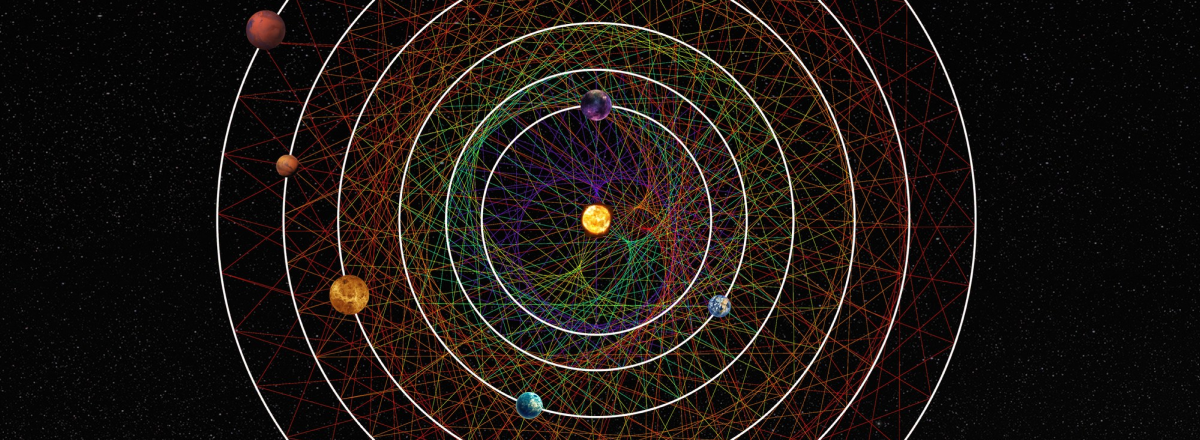Astronomers Search for Alien Life in a Mathematically Perfect Planetary System
This system, centered around the orange dwarf star HD 110067, features six planets locked in a rare and flawless orbital resonance, presenting an extraordinary model of cosmic harmony and stability.

Astronomers have set their sights on a distant, mathematically perfect planetary system, situated about 100 light-years from Earth. This system, centered around the orange dwarf star HD 110067, features six planets locked in a rare and flawless orbital resonance, presenting an extraordinary model of cosmic harmony and stability.
Researchers from the SETI Institute have embarked on an ambitious search for technosignatures—indications of advanced alien technology—in this system. Despite the system's perfect alignment suggesting an environment conducive to the development of life, and by extension, civilization, the initial investigations have yielded no evidence of extraterrestrial technology.
The study focused on detecting artificial radio signals, a hallmark of advanced societies. Such technosignatures would stand out from the cosmic background noise, indicating the presence of technology similar to our own.
Although the search did not uncover any alien signals, the negative results are not discouraging. They merely indicate that if there are extraterrestrial broadcasters in the HD 110067 system, they were not transmitting in our direction at the time of observation. This does not rule out the existence of technosignatures in the system, prompting researchers to plan future observations with more advanced technology.
The intrigue surrounding HD 110067 extends beyond the search for alien life. Scientists are keen to understand the formation and evolution of this mathematically perfect system. Further observations and studies aim to unravel the chemical compositions of the planets, which could provide clues about their potential habitability and the conditions necessary for life to emerge and evolve.

